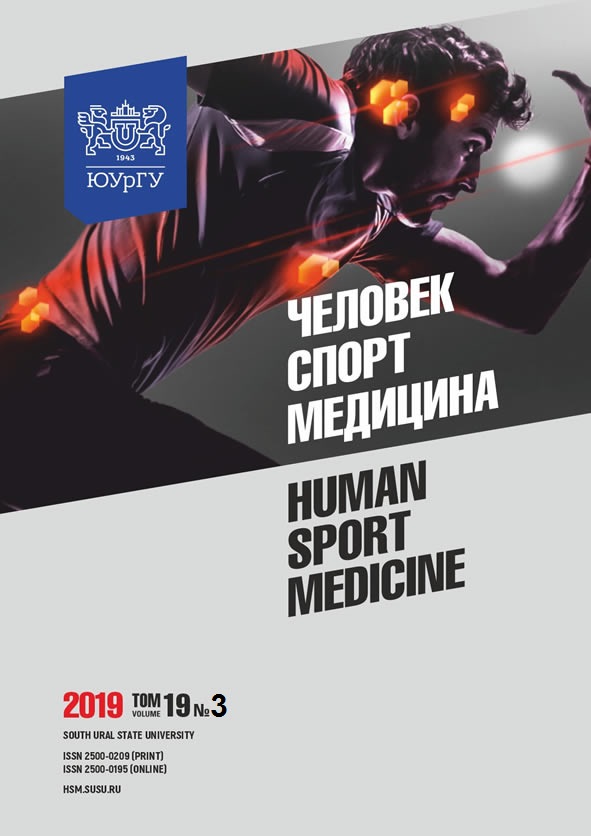ANALYSIS OF THE CARDIOVASCULAR SYSTEM IN SIMULATED CONDITIONS
Abstract
Aim. The article deals with establishing the correlations between the anthropometric, hemodynamic, and vegetative tone indicators in first and second-year students during their adaptation to university conditions. The morphophysiological status of students was corrected by Selenes+ and additional physical load. Materials and methods. Students aged 17–20 years (n = 60) participated in a longitudinal study. The following physiological methods were used: body length and mass measurement; BMI calculation; detection of selenium in blood serum; systolic and diastolic pressure measurement; heart rate calculation; average dynamic pressure calculation; pulse pressure calculation; stroke volume calculation using Starr’s equation; minute volume blood flow calculation; endurance coefficient calculation according to Kvass’ equation; functional changes index calculation; Kerdo vegetative index calculation. Results. It was established that application of selenium depending on physical load in first-year female students influenced significantly the following indicators: arterial pressure (F = 4.21), heart rate (F = 3.42), minute volume blood flow (F = 3.80), functional changes index (F = 10.65), systolic pressure (F = 4.72; P < 0.05); selenium concentration (F = 93.97; P < 0.001). At the end of the IV stage, statistically significant F-criteria for arterial pressure (F = 3.50), heart rate (F = 4.33), endurance coefficient (F = 4.78; Р < 0.05), systolic pressure (F = 5.92), pulse pressure (F = 5.50; P < 0.01), functional changes index (F = 10.65), selenium concentration (F = 41.11; P < 0.001) were registered. Conclusion. The correlations revealed between the anthropometric, hemodynamic, and vegetative tone indicators in first and second-year students allowed to make a conclusion about the efficiency of the Selenes+ supplement during adaptation to university conditions. The Selenes+ supplement combined with physical exercises contributes to less pronounced stress in the cardiovascular system and provides the physiological optimum of the body.
References
References on translit
Copyright (c) 2019 Human. Sport. Medicine

This work is licensed under a Creative Commons Attribution-NonCommercial-NoDerivatives 4.0 International License.















